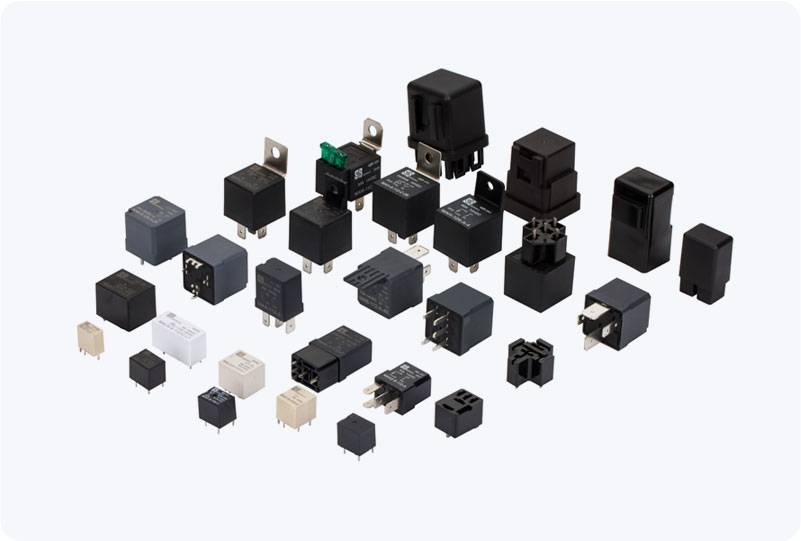Power relays are essential components in electrical systems, playing a crucial role in controlling high voltage and current circuits. They serve as electrical switches that enable the management and automation of power distribution and control. In this article, we will explore what power relays are, how they work, and their importance in various applications.

What is a Power Relay? A power relay is an electrically operated switch that uses an electromagnet to control the opening and closing of contacts in a circuit. The primary function of a relay is to isolate different parts of an electrical system from one another while transferring power. Power relays are designed to handle high-voltage and high-current applications, making them ideal for industrial, automotive, and home appliances. Relays are typically composed of several parts: a coil (electromagnet), contacts (usually made of silver or another conductive material), and a spring mechanism. When an electric current flows through the coil, it generates a magnetic field that pulls the armature toward the coil. This movement opens or closes the contacts, allowing or interrupting the flow of electricity in the circuit. Once the current is removed from the coil, the armature returns to its original position, resetting the relay.